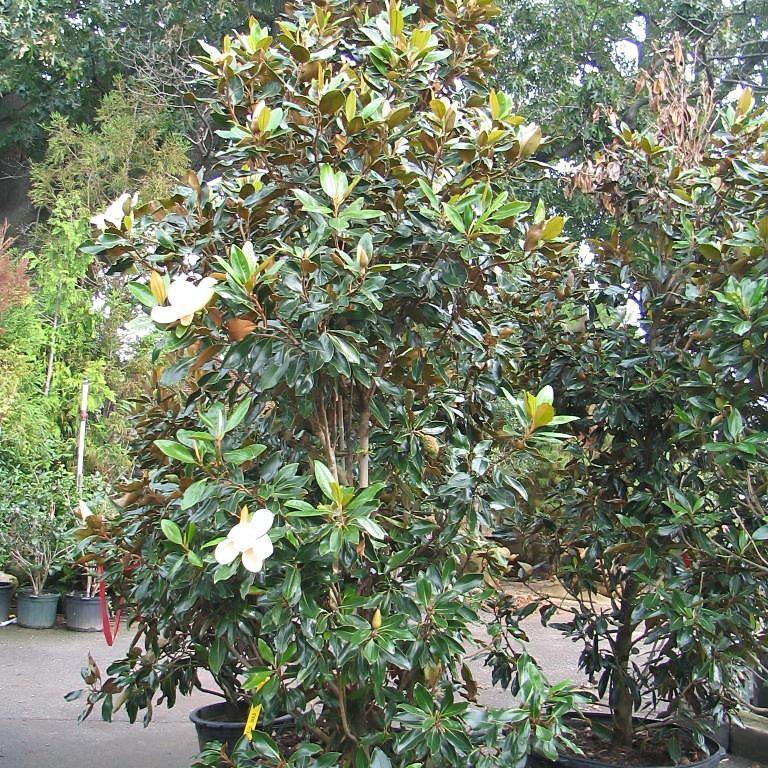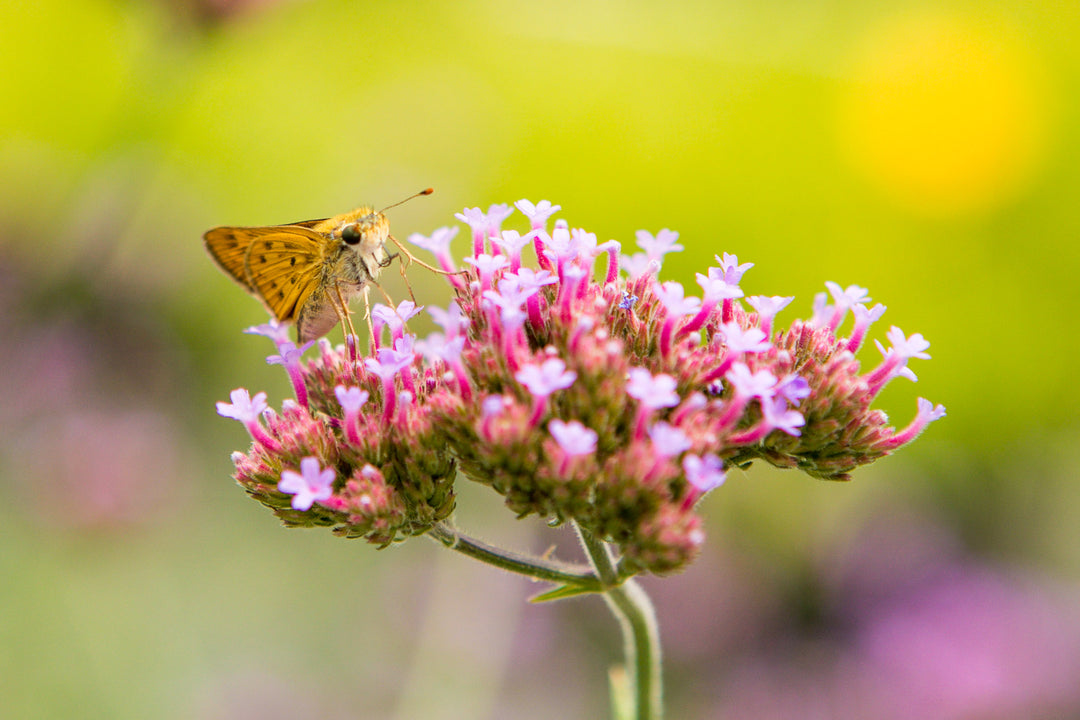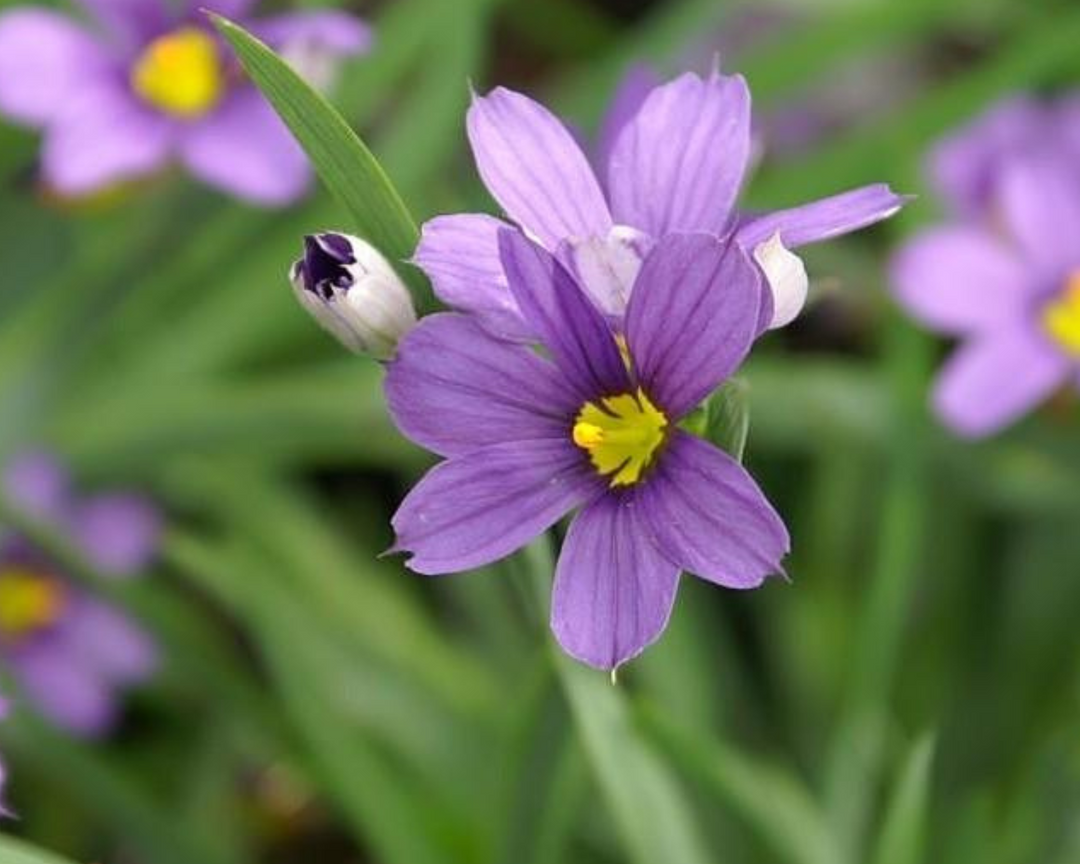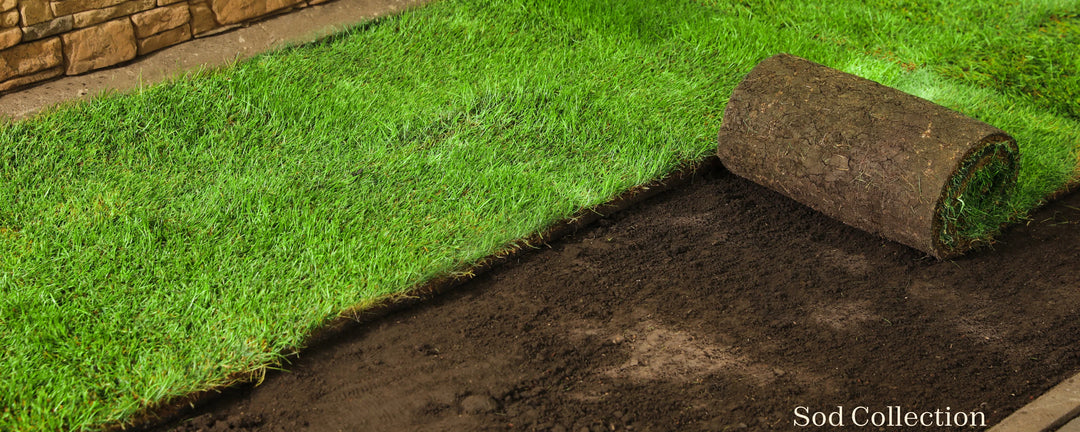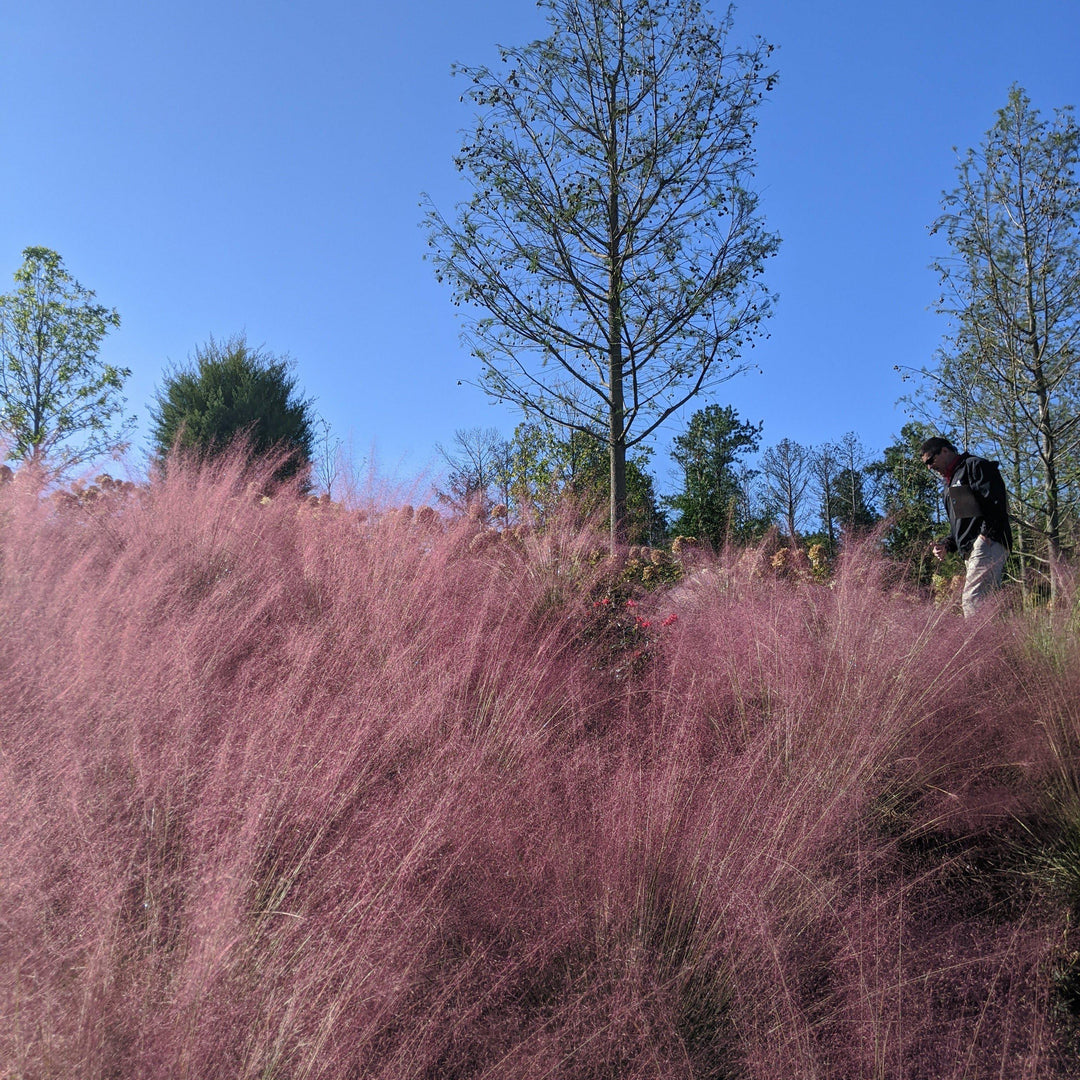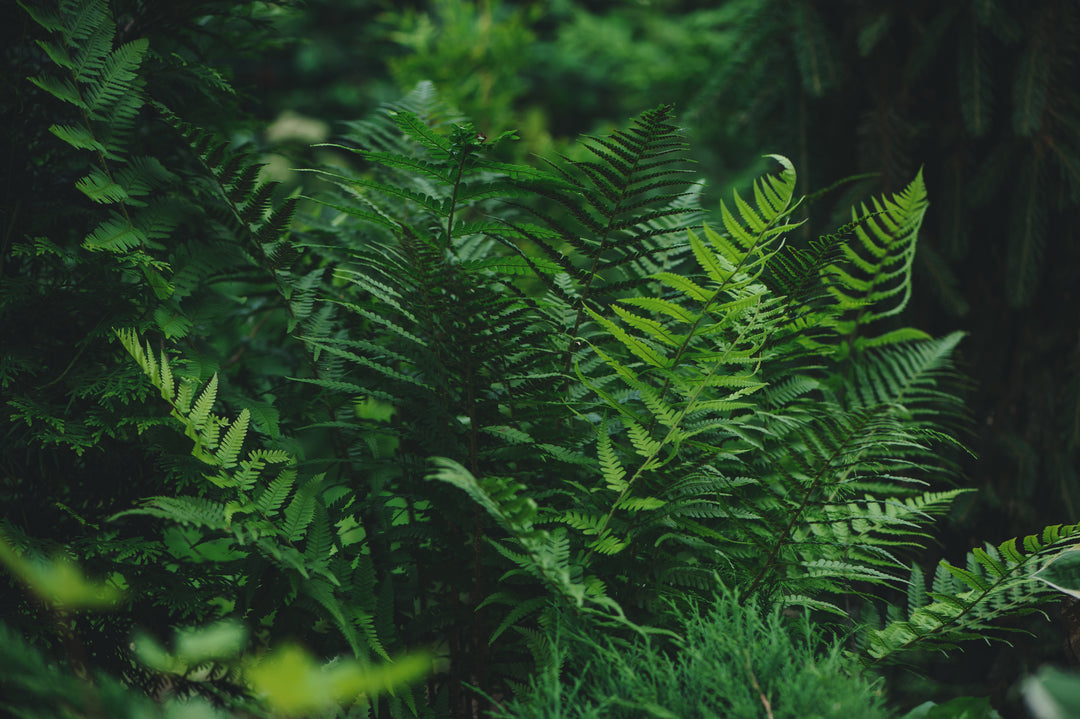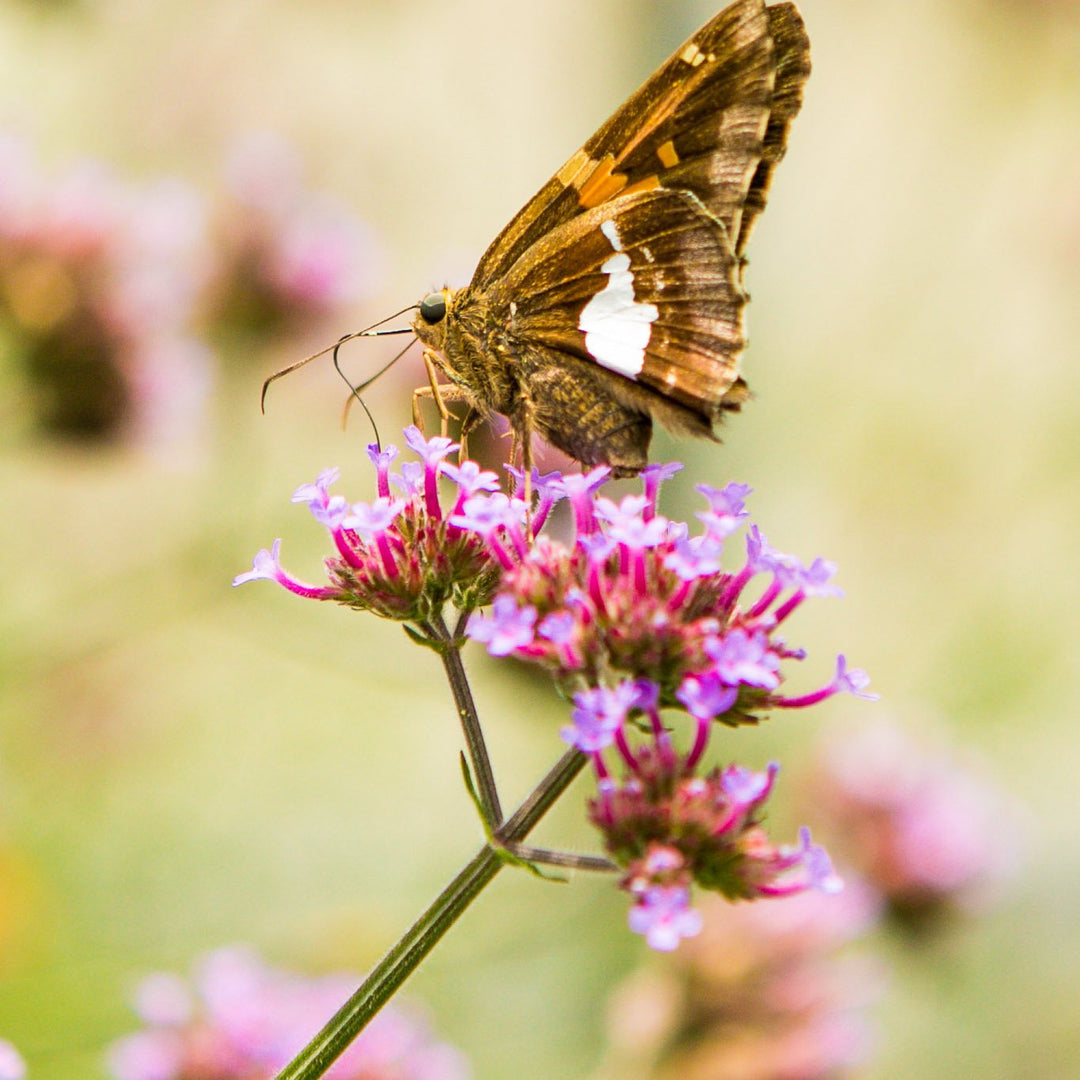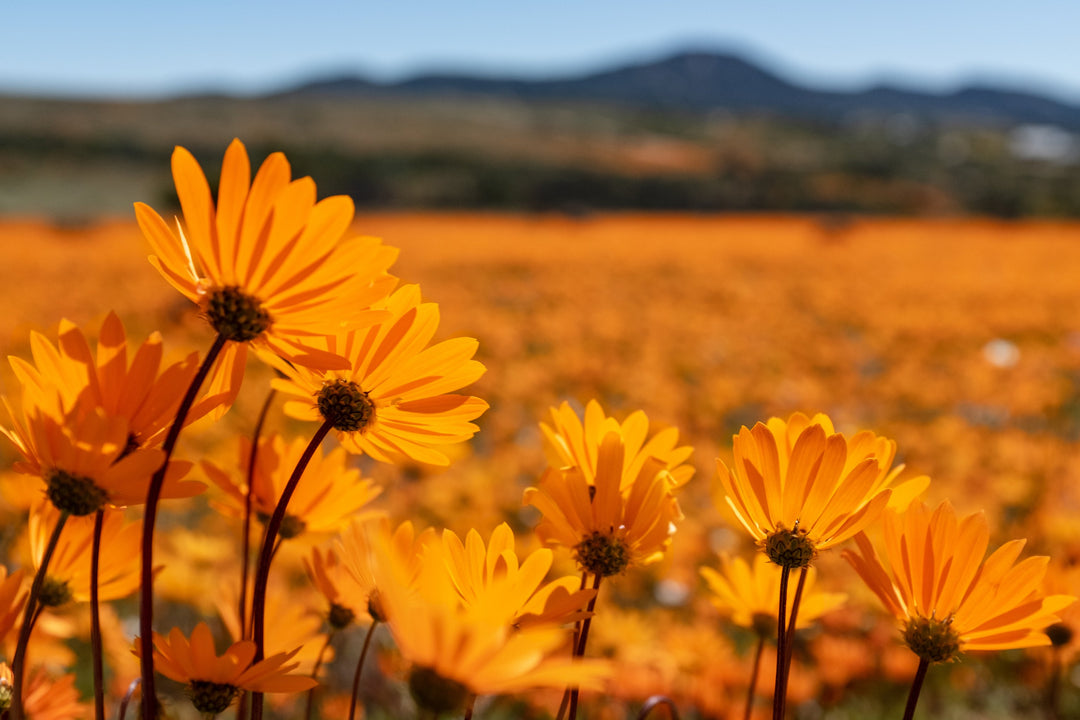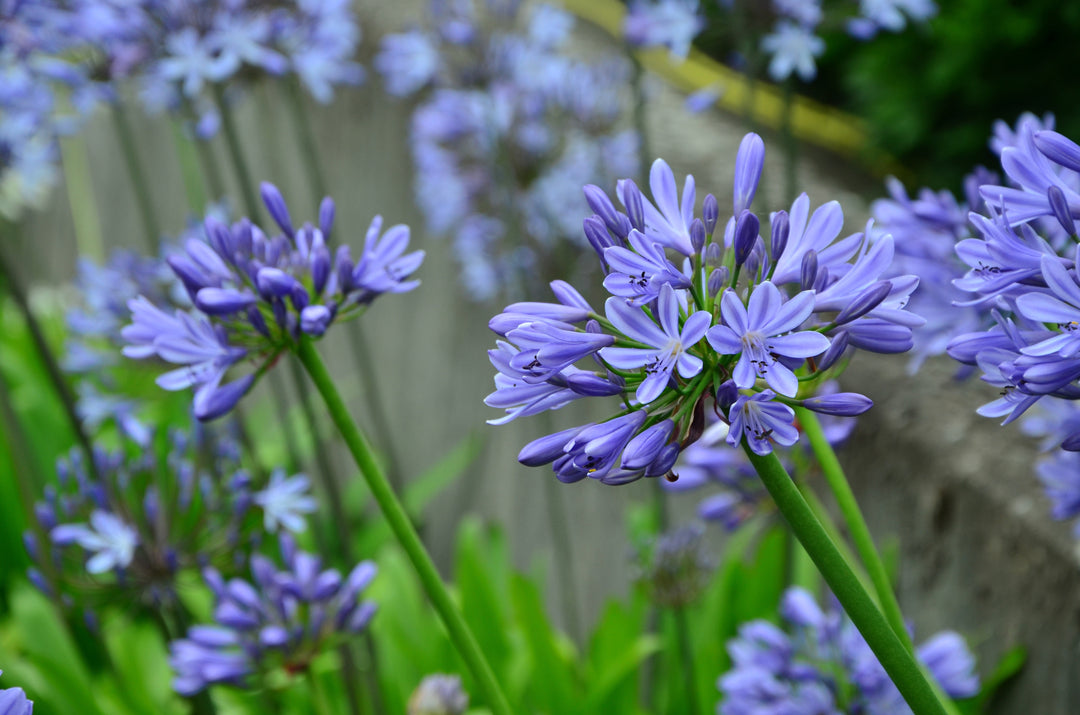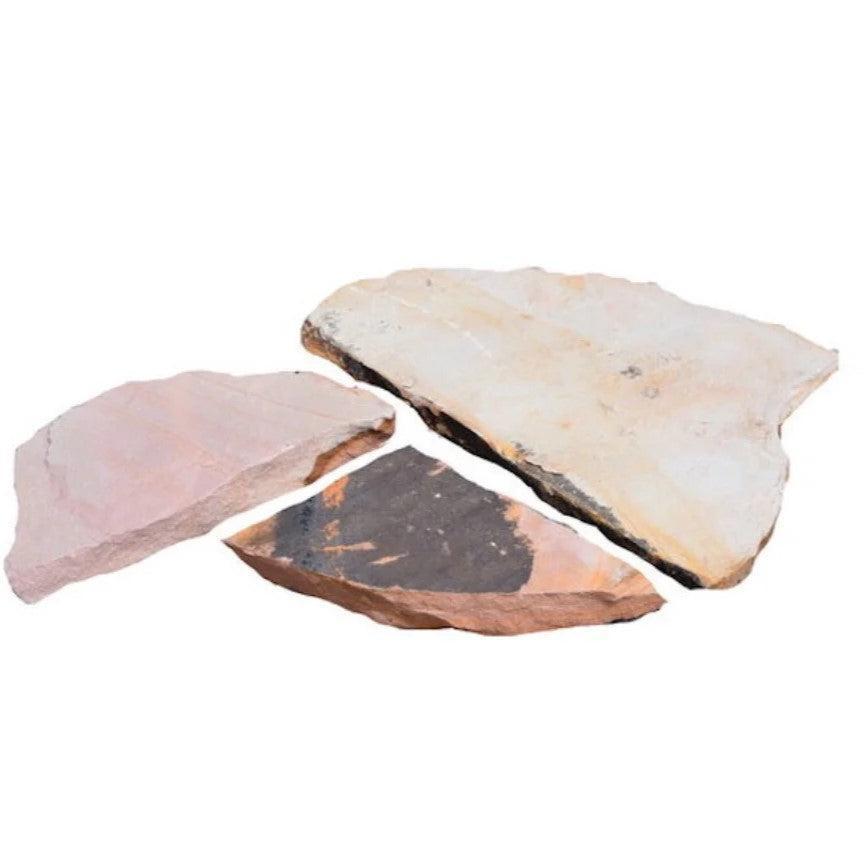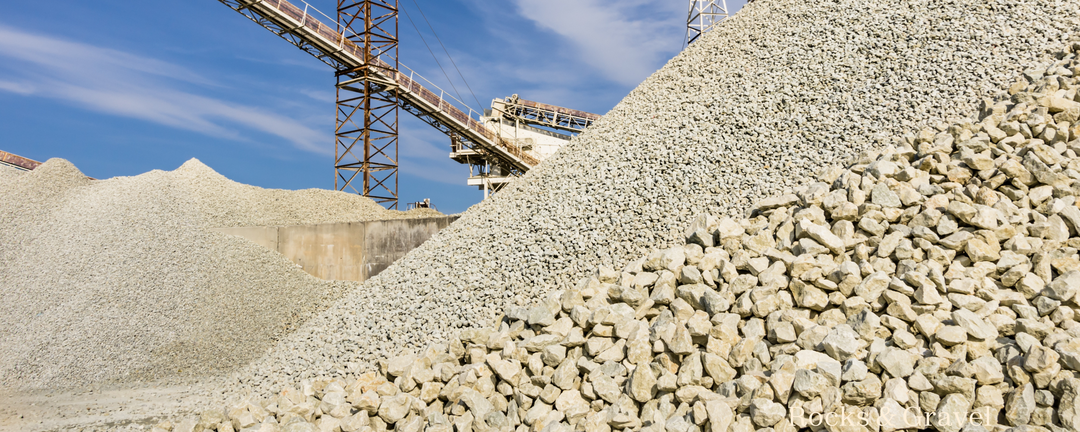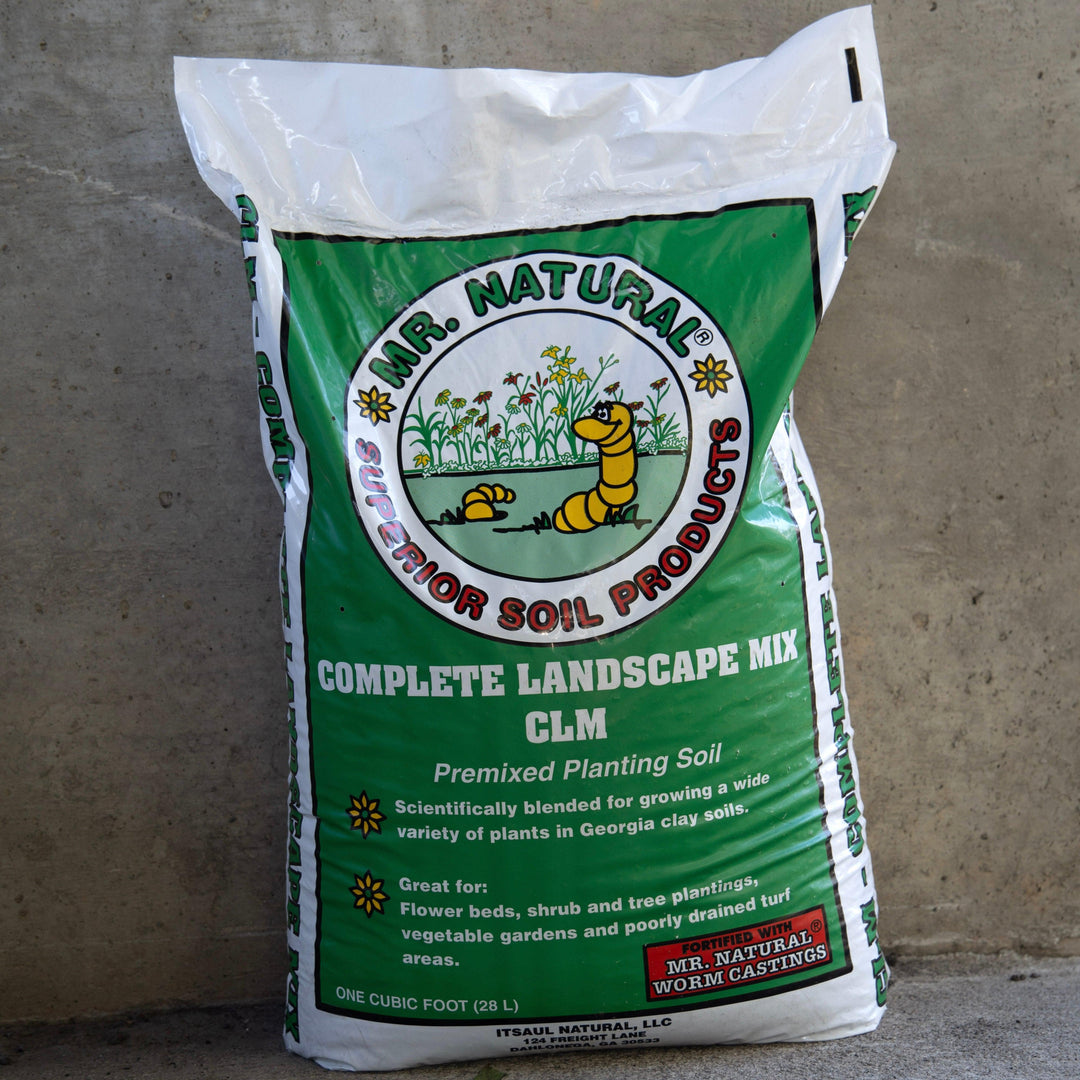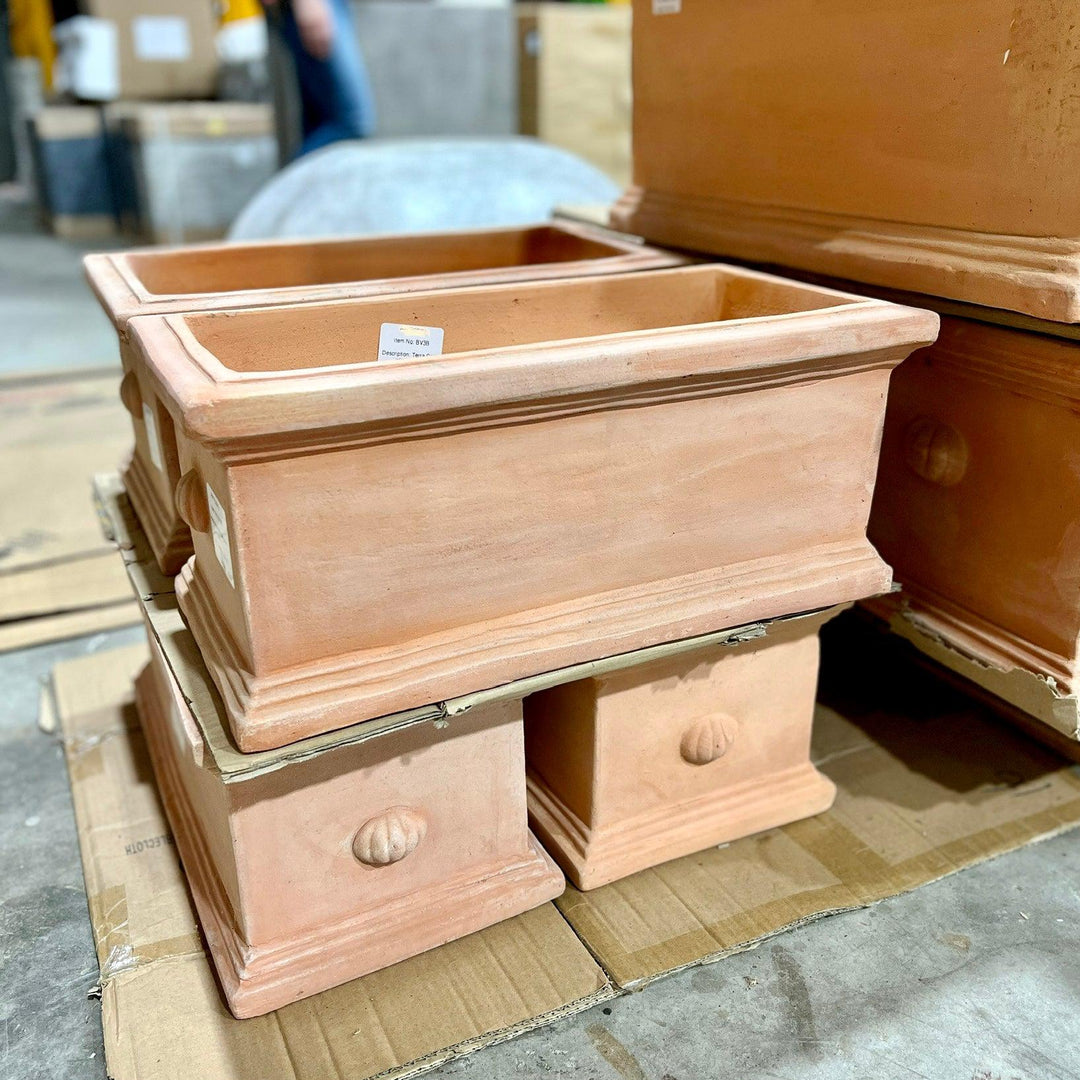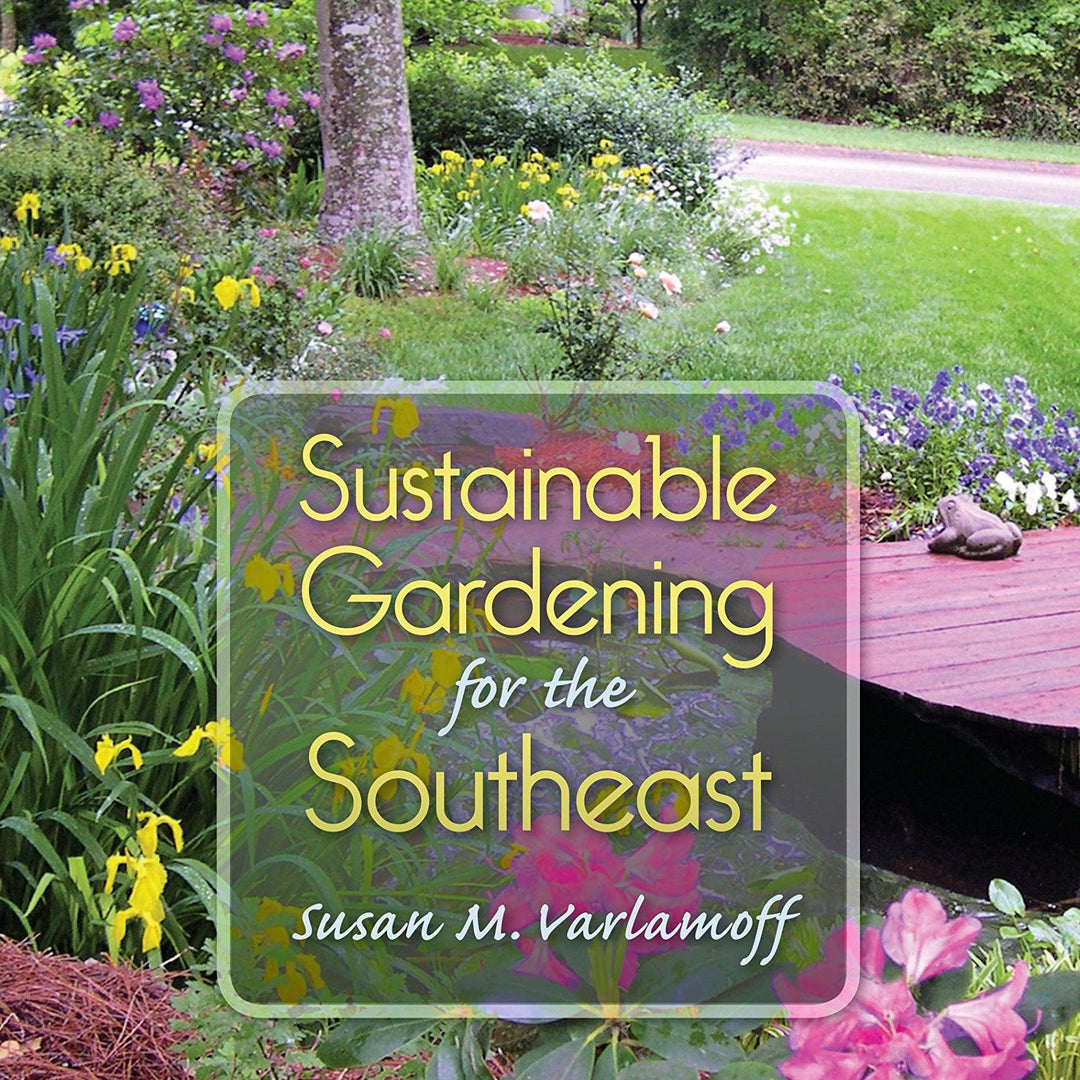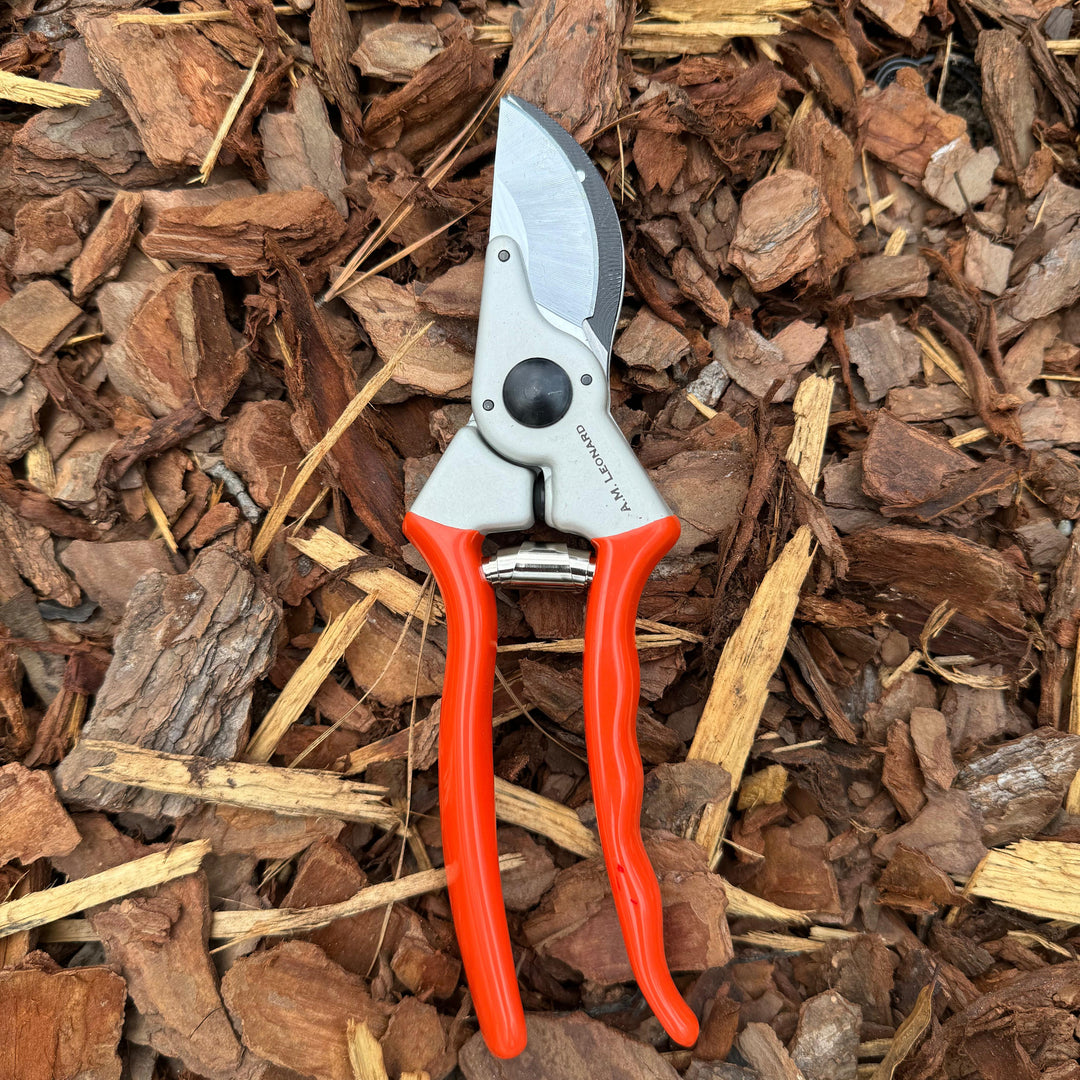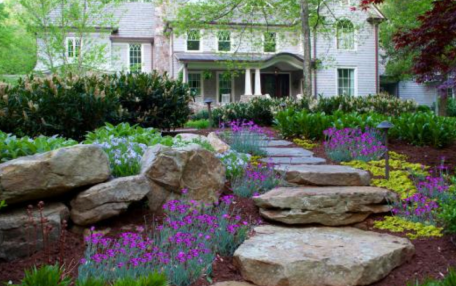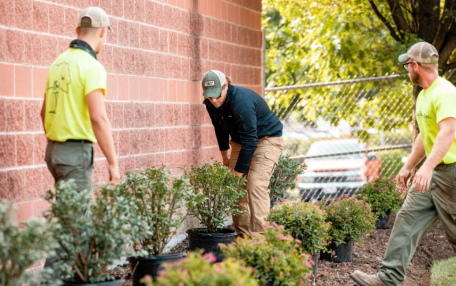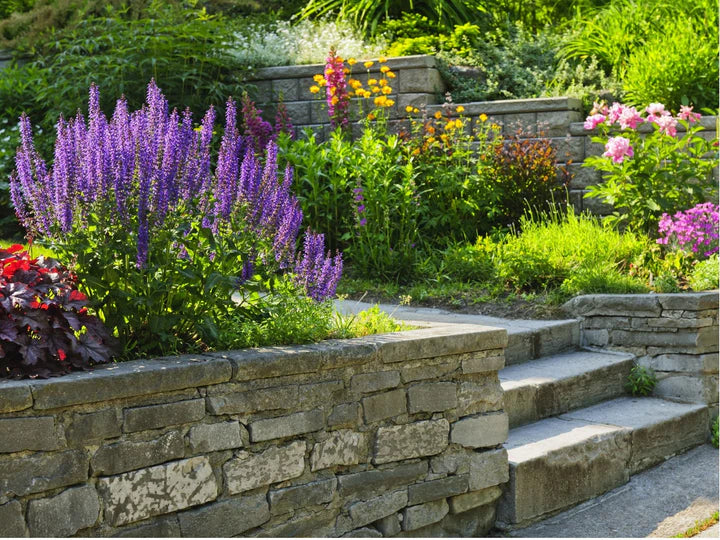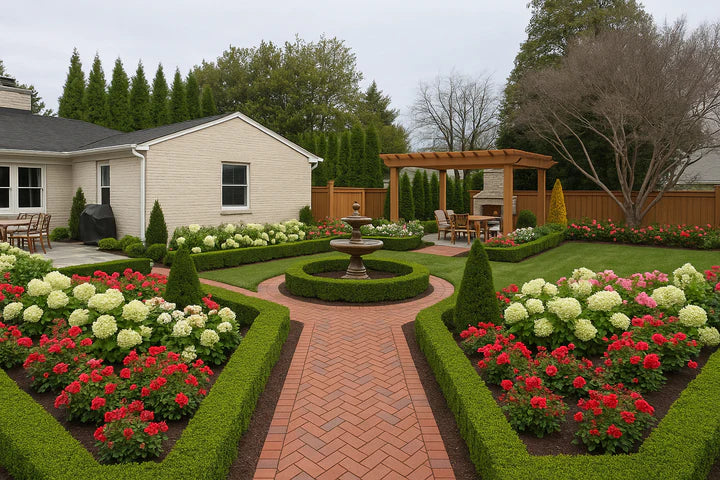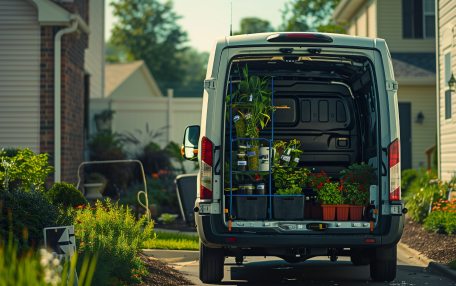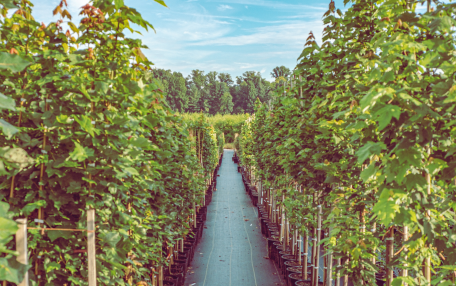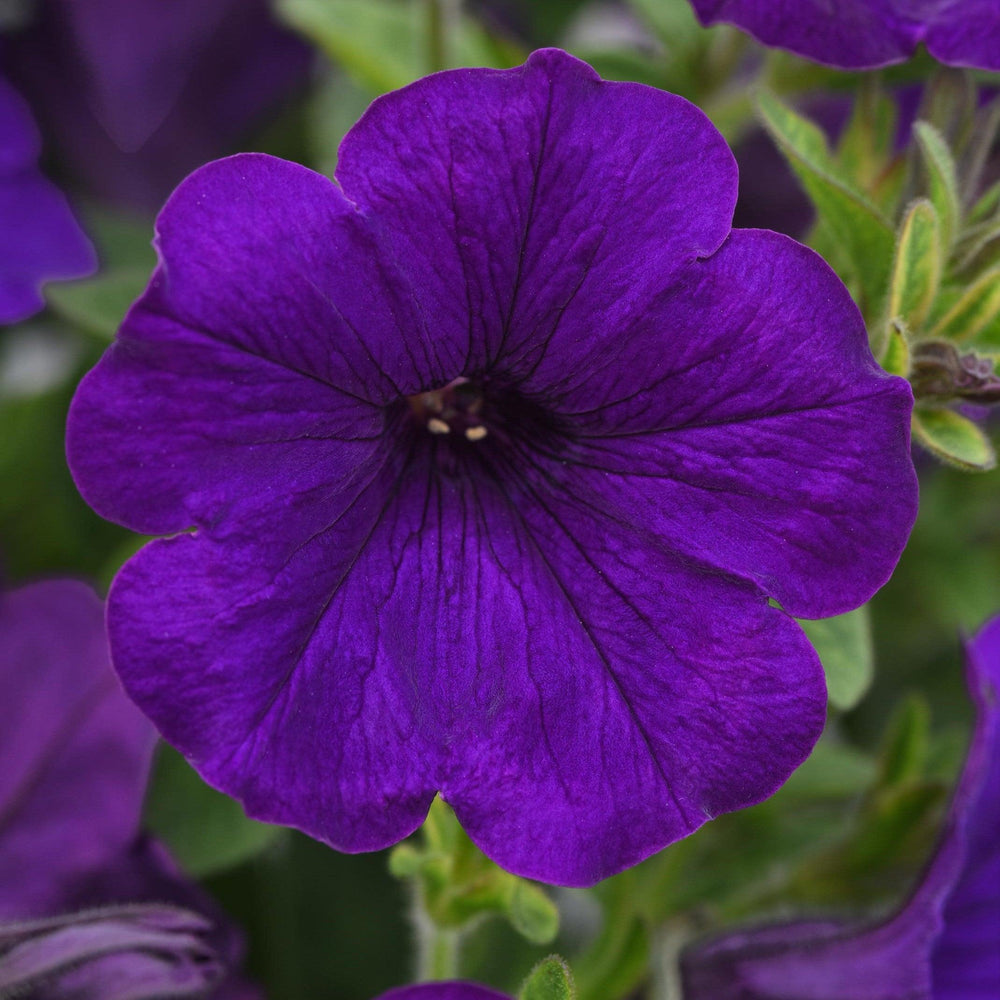Thinking About Planting Blue Pacific Shore Juniper (Juniperus Conferta)? What You Need to Know
If you're looking for a hardy, attractive evergreen for your Atlanta area landscape, Monrovia’s Blue Pacific Shore Juniper (Juniperus conferta) is definitely worth considering.
In this article, we'll take a closer look at this often-overlooked shrub and explore its physical characteristics, growth habits, and landscaping uses. We'll also discuss its wildlife and ecological benefits and provide tips for ensuring that it thrives in your garden.
Characteristics of the Blue Pacific Shore Juniper

IMAGE: KENPEI, Juniperus conferta Blue Pacific1, CC BY-SA 3.0
Origin and Distribution
Monrovia’s Blue Pacific Shore Juniper is a fascinating and beautiful low-growing shrub that has captured the hearts of Atlanta area gardeners and landscapers alike. This unique plant is native to Japan and Korea, where it can be found growing in coastal areas and on rocky hillsides.
In the mid-20th century, it was introduced to the United States as an ornamental plant, and it has since become a popular choice for landscapes throughout the country.
The Blue Pacific Shore Juniper is an excellent choice for those looking to add some color and texture to their garden or landscape. It is a hardy and resilient plant that can withstand a variety of environmental conditions, making it an ideal choice for coastal gardens and other challenging environments.
Physical Characteristics
One of the most striking things about the Shore Juniper is its color. Its foliage ranges from bright green to blue-green, depending on the cultivar, and it produces small, round berries that turn from green to blue-black as they mature. The shrub's twigs are thin and flexible, and its leaves are needle-like and fragrant when crushed.
Blue Pacific Shore Juniper is a visually stunning plant that can add a unique and eye-catching element to any landscape. Its vibrant colors and interesting texture make it a popular choice for gardeners and landscapers looking to create a visually appealing and dynamic environment.
Growth Habits
Blue Pacific Shore Juniper is a slow-growing shrub that typically reaches a height of 1 to 1.5 feet tall and 6 to 8 feet wide. It thrives in full sun to partial shade and is tolerant of a wide range of soil types, including sandy and rocky soils. It is also drought-tolerant and can handle salt spray and other coastal conditions.
Despite its slow growth rate, the Blue Pacific Shore Juniper is a hardy and resilient plant with the ability to adapt to different soils and climates.
Overall, the Blue Pacific Shore Juniper is a fascinating and unique plant that is sure to capture the attention of anyone who sees it.
Cultivation and Care
Soil Requirements
While the Blue Pacific Shore Juniper isn't particularly picky about soil, it does prefer well-draining soil that is slightly acidic. This shrub can grow in a variety of soil types, including sandy, loamy, and clay soils. However, it's important to ensure that the soil doesn't become waterlogged, as this can lead to root rot.
If you're not sure about your soil's pH, you can test it with a kit from your local garden center. If necessary, you can improve soil drainage by amending it with sand or perlite. Adding organic matter, such as compost or well-rotted manure, can also help improve soil structure and fertility.
Watering and Irrigation
Once established, the Blue Pacific Shore Juniper is relatively drought-tolerant and doesn't require regular watering. However, it can benefit from occasional deep watering during periods of extended drought. If you live in an area with heavy rainfall, you may not need to water your shrub at all.
When watering, it's important to water deeply and infrequently rather than giving the shrub frequent shallow waterings. This helps encourage deep root growth and can make the shrub more resilient during periods of drought.
Pruning and Maintenance
The Blue Pacific Shore Juniper doesn't require much pruning, but you may want to shape it occasionally to maintain its attractive form. You can also prune out any dead or damaged branches as needed. It's best to prune in late winter or early spring before new growth appears.
When pruning, use sharp, clean pruning shears to make clean cuts. Avoid cutting back into old wood, as this can lead to unsightly bare patches. Instead, focus on pruning back the tips of the branches to encourage bushier growth.
In addition to pruning, the Blue Pacific Shore Juniper benefits from occasional fertilization. You can use a balanced fertilizer in early spring to help promote healthy growth. Be sure to follow the manufacturer's instructions for application rates and timing.
Landscape Uses and Design Ideas

Monrovia’s Blue Pacific Shore Juniper is a versatile and beautiful plant that can be used in a variety of ways to enhance your landscape. Here are some design ideas.
Ground Cover and Erosion Control
One of the most popular uses for the Blue Pacific Shore Juniper is as a low-maintenance ground cover. Its trailing habit and dense foliage make it ideal for erosion control on slopes or other challenging sites.
In addition to its practical applications, the Blue Pacific Shore Juniper can also add a beautiful touch to your landscape design. Its blue-green color provides a cool contrast to warmer-toned plants, and its texture adds interest and depth to your garden.
If you're looking to create a naturalistic landscape, Monrovia’s Blue Pacific Shore Juniper is a great choice. Combine it with other low-growing plants, like creeping thyme and sedum, for a textured, low-maintenance ground cover that will look excellent year-round.
Accent Plantings
Monrovia’s Blue Pacific Shore Juniper's attractive color and form make it a natural accent for rock gardens, water gardens, and other landscape features. Its trailing habit can be used to soften the edges of hardscaping, like walls and walkways. Try planting it alongside boulders or other natural stone features to create a seamless transition between your garden and the surrounding landscape.
You can also add some interest to your container garden with the Blue Pacific Shore Juniper. Its compact size and low-maintenance nature make it the perfect plant for small-scale gardening. Try pairing it with other container-friendly plants, like dwarf conifers and ornamental grasses, for a dynamic display that will look great on your patio or balcony.
Coastal Landscapes
Because of its tolerance for salt spray and other coastal conditions, Blue Pacific Shore Juniper is an excellent choice for seaside gardens and other coastal landscapes. Its blue-green color and trailing habit make it a natural fit for beach-themed gardens, where it can be paired with other coastal plants like beach daisies, sea oats, and pampas grass.
If you're looking to create a more formal coastal garden, try using the Blue Pacific Shore Juniper as a low hedge or border plant. Its dense foliage will provide a natural barrier against wind and salt spray, while adding a beautiful touch to your landscape design.
Whether you're looking for a low-maintenance ground cover, an accent plant for your rock garden, or a coastal landscape feature, the Blue Pacific Shore Juniper is a versatile and beautiful choice.
Wildlife and Ecological Benefits
Attracting Birds and Pollinators
Blue Pacific Shore Juniper's berries provide food for a variety of birds and other wildlife, including cedar waxwings, robins, and bluebirds. These birds play an important role in the ecosystem by spreading seeds and controlling insect populations.
In addition to providing food, the Blue Pacific Shore Juniper also attracts pollinators like bees and butterflies with its fragrant flowers. These pollinators are essential to the reproduction of many plants and the production of crops.
Providing Habitat
As a low-growing shrub, the Blue Pacific Shore Juniper provides cover for a variety of small animals, including ground-nesting birds and rodents.
These animals rely on the shrub for protection from predators and harsh weather conditions. In addition to providing cover, the Blue Pacific Shore Juniper's dense foliage also provides shelter for insects and other invertebrates. These insects and invertebrates are an important food source for many larger animals and play a vital role in the food chain.
The Blue Pacific Shore Juniper is also an important plant for urban and suburban environments. As natural habitats are destroyed by development, it is important to provide alternative habitats for wildlife. Blue Pacific Shore Juniper is a great option for this, as it can thrive in a variety of soil types and is resistant to many common pests and diseases.
Environmental Contributions
Like all evergreens, the Blue Pacific Shore Juniper helps to purify the air by absorbing carbon dioxide and other pollutants. This makes it an important plant for improving air quality in urban areas. In addition to purifying the air, the Blue Pacific Shore Juniper also helps to prevent soil erosion by stabilizing the soil with its roots. This is particularly important in areas where there is a lot of rainfall or steep slopes.
Ultimately, the Blue Pacific Shore Juniper is an important plant for both wildlife and the environment. Its berries provide food for birds and other wildlife, while its foliage provides cover and shelter. It also helps to purify the air and prevent soil erosion. By planting Blue Pacific Shore Junipers, we can create a more sustainable and wildlife-friendly environment.
Conclusion
The Blue Pacific Shore Juniper may not be as well-known as other evergreens, but it has a lot to offer greater Atlanta landscapers who are looking for a hardy, attractive shrub that can thrive in a wide range of conditions. Whether you're using it for ground cover, erosion control, or as an accent plant, it's sure to add beauty and interest to your garden for years to come.

Click here if you’d like to purchase this plant.
If you need any advice or tricks/tips in creating the garden of your dreams, we are here to make those dreams come true! Connect with us here, or chat with us via the chat button on the bottom of any page on our website.
To create a landscape that gives you joy every time you walk out your door or look out your window, it’s important to have a design plan in place. Learn more about our elite Designer Marketplace platform, which allows you to select easily from a list of expert landscape designers, landscape architects, and more.
Click here to view more plants from the beautiful Monrovia® collection.

